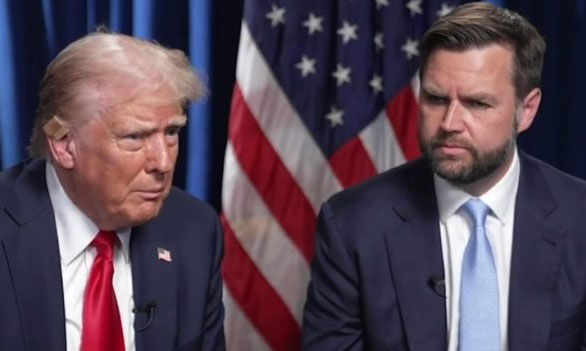by Zurellys Villegas
This year marks the 45th anniversary of the annual dance festival organized by World Arts West, and for the third consecutive year, the event will be held at the Presidio. One of the most anticipated festivals in the Bay Area, this festival promises an enriching experience that combines dance, music and cultural activism.
Festivities include artist dialogues and dance workshops at the Dance Mission Theater on August 25 and September 1. These activities offer a unique opportunity for attendees to interact directly with the artists, learning from their experiences and techniques. The climax of the festival will be a day of free performances at the Presidio Tunnel Tops on Sunday, September 8, from 1 to 4 p.m., where culture, wisdom and beauty will be celebrated through dance and music from around the world.
Groups, primarily from the Bay Area, will showcase their cultural heritage with vibrant rhythms, colorful costumes, and dances that range from traditional to contemporary. This free event is a chance to travel the world without leaving the Presidio, in a joyful and festive celebration.
World Arts West has expanded this year’s performances to reflect both traditional and contemporary styles prevalent in the cultural dance community.
With the theme “Dance as Activism,” this year’s festival highlights the transformative power of dance as a tool to challenge social norms, preserve heritage, and promote social change.
World Arts West Festival Artist Lineup, September 8, 2024
Chinyakare Ensemble: This group presents traditional dance, music, and culture from Zimbabwe and Southern Africa, weaving together stories that depict scenes of everyday life and teach lessons such as perseverance and gratitude.
Destiny Arts Youth Performance Company: An ensemble of teens who collaborate with professional artists to create dynamic productions that blend hip hop, modern and aerial dance, theater, song, and rap, expressing their commitment to inclusion, equity, and justice.
Destiny Muhammad (harpist): Recording and performing artist, bandleader, composer, and producer whose style ranges from Celtic to Coltrane, with a touch of jazz and storytelling to round out the sonic experience.
Fua Dia Congo: This nonprofit organization is dedicated to preserving and promoting Congolese cultural legacies.
International Performing Arts of America: This nonprofit dance group celebrates East Asian culture through movement and choreography.
Ishami Dance Company: South Asian contemporary dance company that explores and amplifies the diverse voices and stories of the South Asian diaspora, combining Western and South Asian dance forms.

Ishita Mili: Bengali-American director, choreographer, and educator who founded the IMGE dance company, a group that bridges global stories through cultural narratives.
Kitka: A female vocal arts ensemble that draws inspiration from traditional songs and vocal techniques.
The Mix: A rhythmic ensemble of women of color that explores historical narratives and social justice.
Noorani Dance Company: This company exemplifies the unique artistic expression of its founder Farah Yasmeen Shaikh along with the classical and innovative influence of its guru, the late Pandit Chitresh Das.
Parangal: Their mission is to honor Filipino heritage by preserving and promoting Filipino ethnic dress, music, and dance through research.
Suhaila Salimpour Dance Collective: A first-generation belly dancer from the Middle East, Suhaila Salimpour is known for her belly dance certification program and the global influence of her teaching format.
The 45th Annual World Arts West Dance Festival promises to be an unforgettable event celebrating cultural diversity and the transformative power of dance as a tool for social change and activism.












